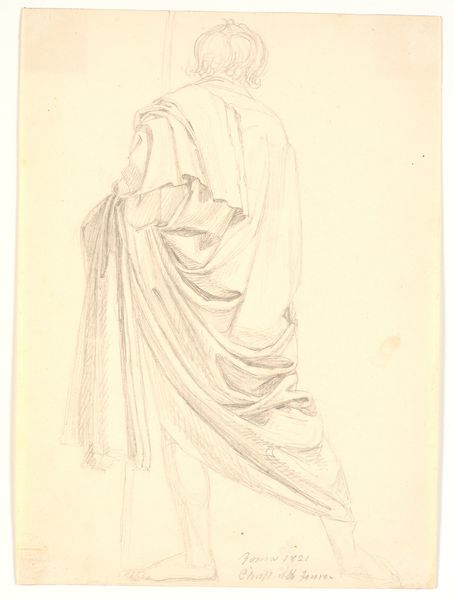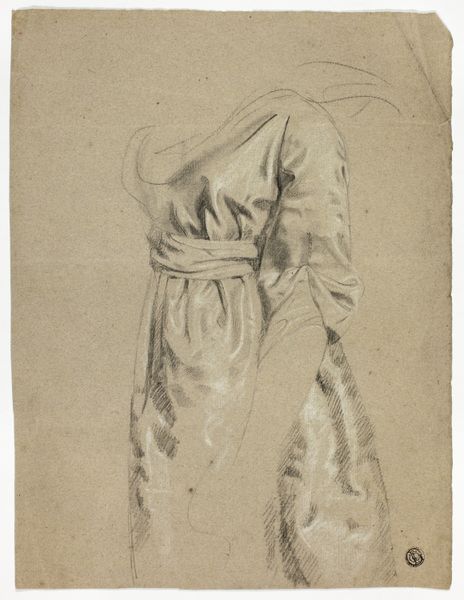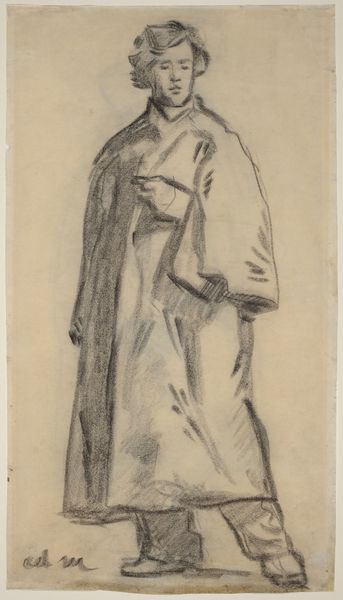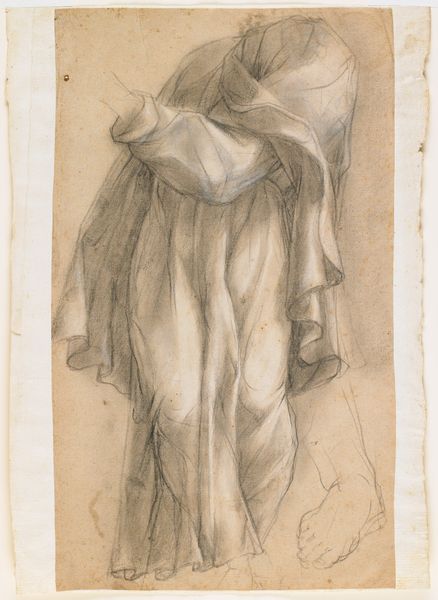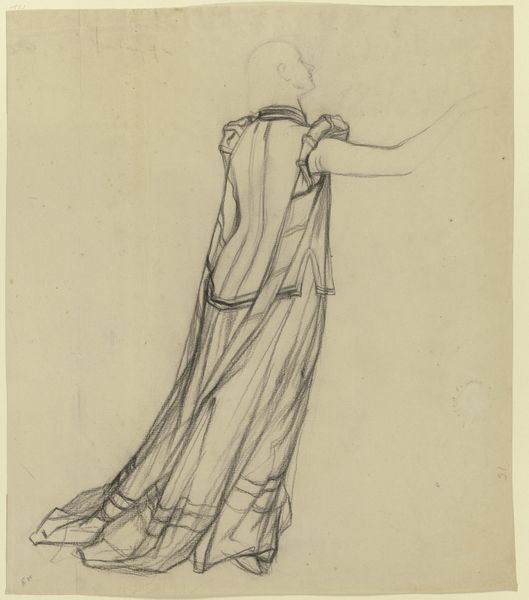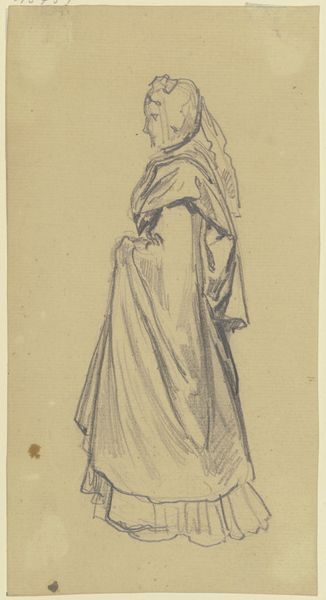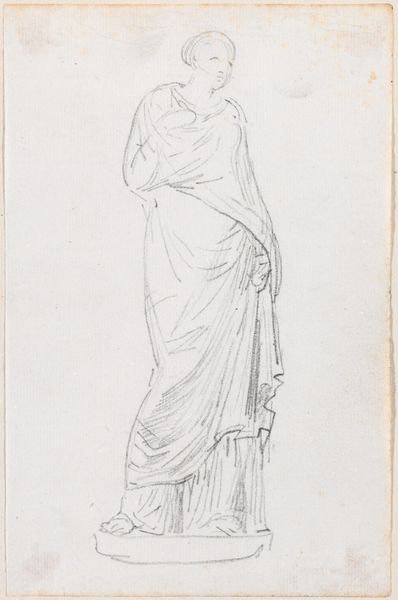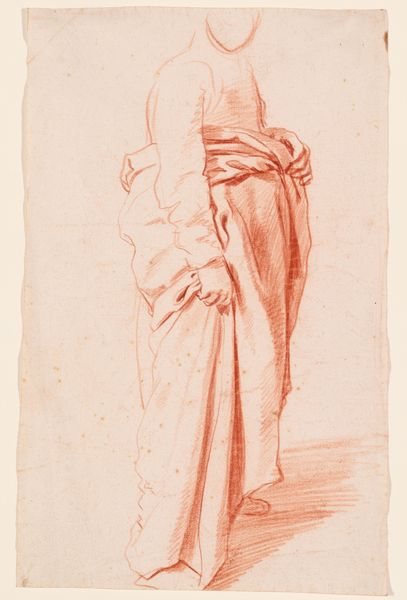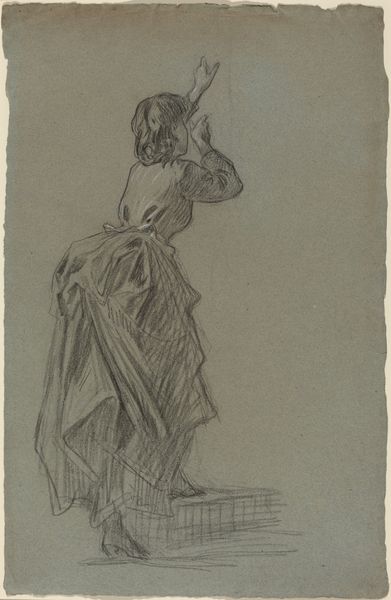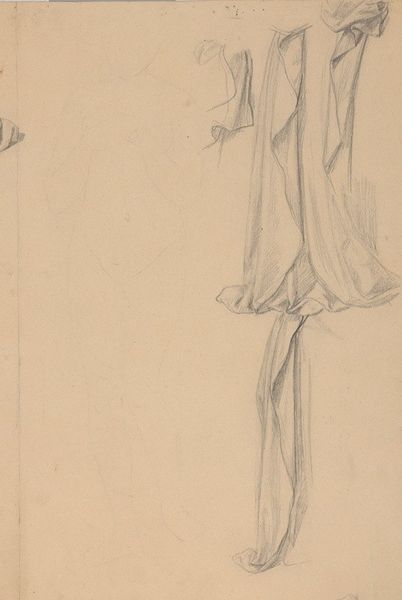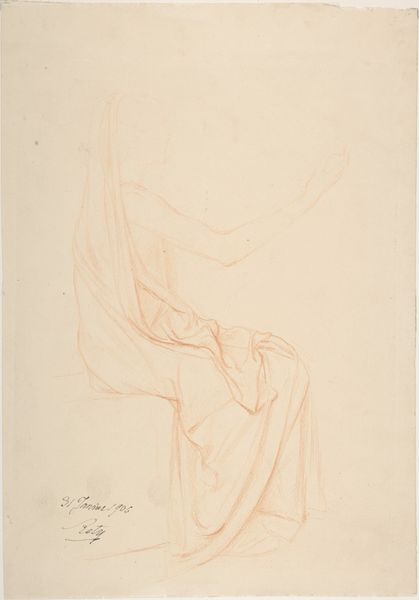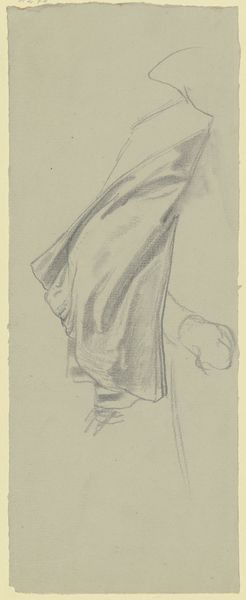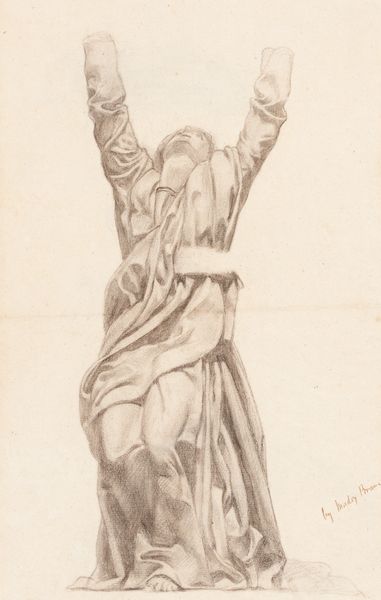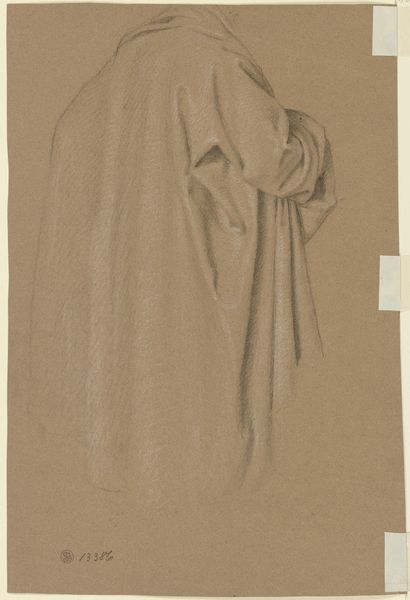
Copyright: Public Domain
Gustave Courbet rendered this drawing of a curtain with pencil in 1857. Curtains, seemingly simple fabrics, often serve as more than mere decoration. They represent transitions, privacy, and revelation, framing what is seen and unseen. Think of theater curtains, concealing the stage before a drama unfolds. This notion extends to how we perceive the world, where curtains can symbolize hidden truths or the boundary between reality and illusion. Across art history, curtains denote solemnity or importance. They have appeared in royal portraits to enhance the prestige of the sitter, and in religious paintings to create a sense of reverence. The folds and drapes of curtains have been seen in the same light as the clothing of the figures in the artworks, which allows for them to be associated with the same values. Like a dream, a curtain may conceal and reveal, engaging us in a timeless dance between what is hidden and what is shown.
Comments
No comments
Be the first to comment and join the conversation on the ultimate creative platform.
